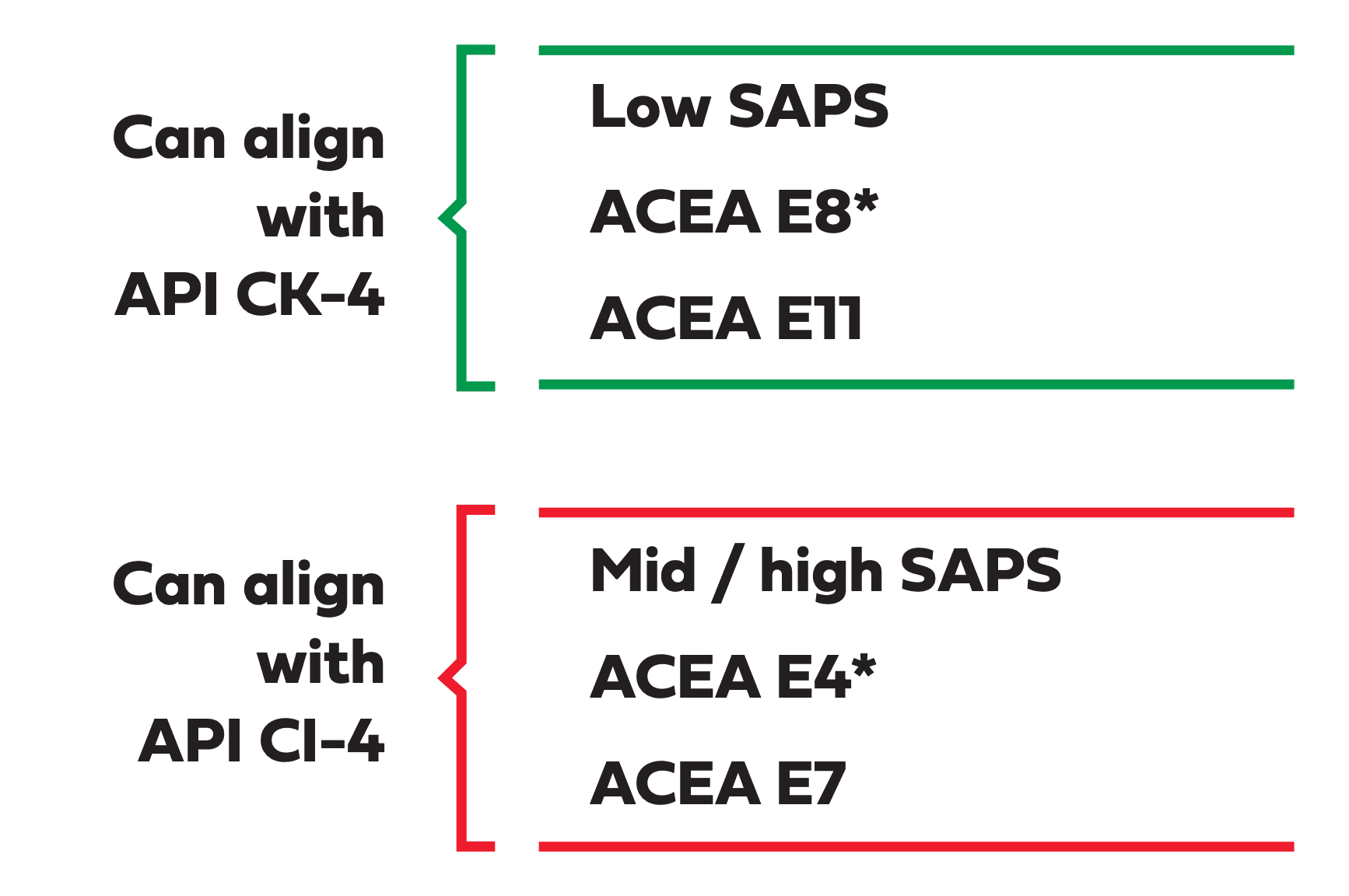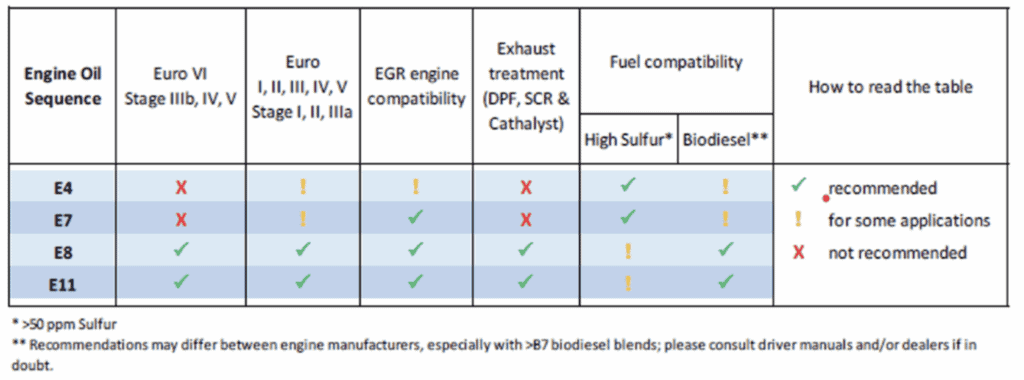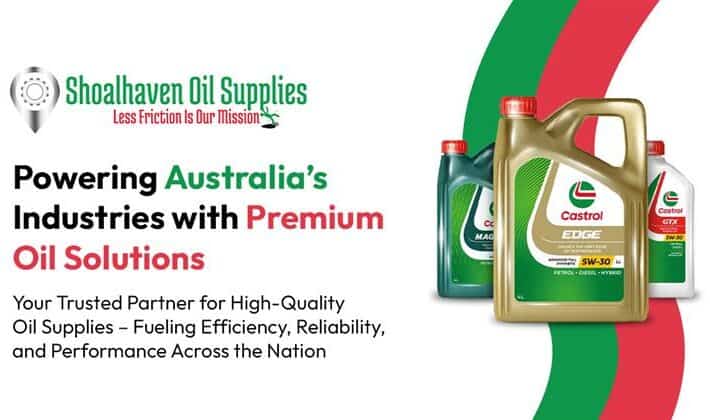What is ACEA?
ACEA is the European Automobile Constructors’ Association that represents Europe’s 14 major car, van, truck and bus manufacturers. They are the European equivalent of the American Petroleum Institute (API).
The ACEA oil sequences define the minimum quality level for service fill engine oil.
What is new for ACEA E Class?
ACEA E sequences were updated in 2022 and are now mandatory, replacing 2016 sequences. And for the first time in well over a decade, the ACEA have introduced two new ACEA categories – E8 and E11.
ACEA E8 replaces ACEA E6.
ACEA E11 replaces ACEA E9.
ACEA E4 and ACEA E7 have updated requirements.
ACEA E1, E2, E3, E5, E6, E9 categories are all withdrawn (2022).
New Categories
E8 & E11 have revised requirements for use with biofuel, improved piston cleanliness, oxidation and aeration control. E8 has improved cylinder liner and top ring wear. E11 has enhanced soot related wear control.
Updated Categories
E4 & E7 have revised requirements for piston cleanliness. ACEA E7 describes the minimum performance requirement for heavy duty diesel engine oil.
These new and updated categories enhance engine oil performance and engine protection. They better serve changing engine technologies and regulatory requirements for reduced emissions and renewable fuels. They also better align with industry standards, reducing complexity.
Figure 1: ACEA categories

How are ACEA categories different?
ACEA categories are governed by a set of parameters. Key parameters are SAPS and TBN. Low SAPS (E8, E11) provide longer life for after treatment devices. This is particularly important for engine technologies in markets with strict emissions standards e.g Euro VI. Higher TBN (E4, E7) provide better protection against acidic corrosion. This is particularly important for markets with high sulphur fuel (≥ 50 ppm). Table 1 provides an overview of applications that each category targets.Always follow the manufacturer’s recommendations when selecting an engine oil. SAPS – Sulphated Ash Phosphorus and Sulfur. TBN – Total Base Number

Combined performance claims
Multiple ACEA categories can be claimed for the same lubricant formulation where all the associated requirements are met. For example, ACEA E4 and E7 are typically formulated to be medium and high SAPS lubricants, they have a S.A. limit ≤ 2.0% m/m. However, there is no minimum SAPS requirement for these categories so low SAPS formulations can also meet these categories if all other requirements are met.).
Future ACEA Class
The proposed ACEA F class is expected to support improved fuel economy. Fuel economy improvements are possible by reducing the HTHS viscosity from the current high 3.5cP @ 150C to a low 2.9cP @ 150C. This will align with the HTHS requirement for API FA-4 currently available.
Manufacturer requirements
ACEA categories are often used as baseline performance for OEM approvals. OEM specific requirements are included to build lubricant standards best suited to specific engine groups. For example, DTFR 115C110 (MB-Approval 228.51) will often be combined with ACEA E8, Volvo VDS 3 with ACEA E7.
If a manufacturer mandates an ACEA or OEM specification, using lubricants without the required specification may provide inadequate engine protection, shorten the life of after treatment devices and void the manufacturer’s warranty.


Leave a comment
Your email address will not be published. Required fields are marked *